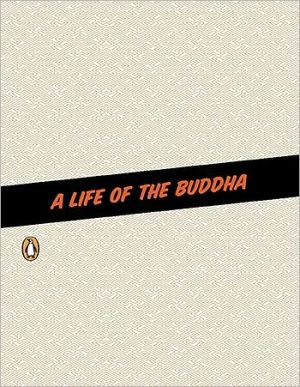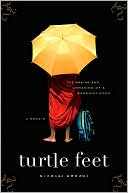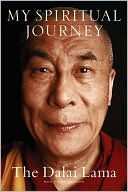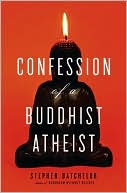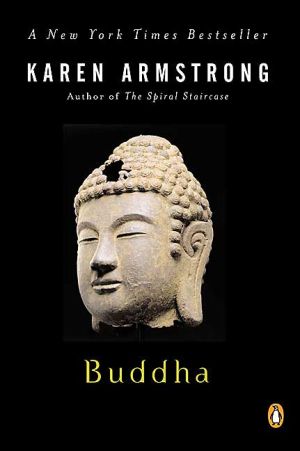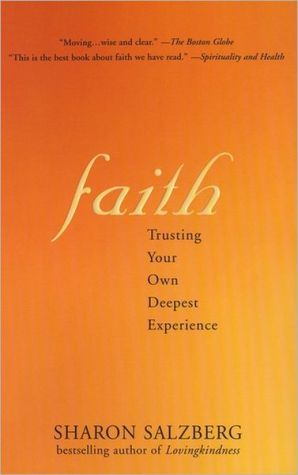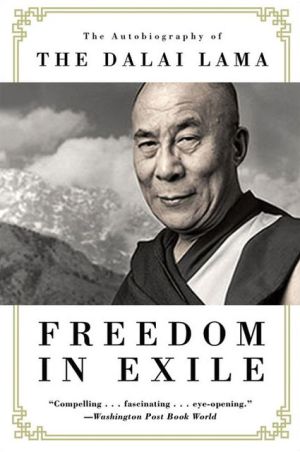Wake Up: A Life of the Buddha
Though raised Catholic, in the early 1950s Jack Kerouac became fascinated with Buddhism, an interest that would have a profound impact on his ideas of spirituality and their expression in his writing from Mexico City Blues to The Dharma Bums. Published for the first time in book form, Wake Up is Kerouac’s retelling of the story of Prince Siddhartha Gautama, who as a young man abandoned his wealthy family and comfortable home for a lifelong search for Enlightenment. As a compendium of the...
Search in google:
In the mid-1950s, Jack Kerouac, a lifelong Catholic, became fascinated with Buddhism, an interest that had a profound impact on his ideas of spirituality and later found expression in books such as Mexico City Blues and The Dharma Bums. Originally written in 1955 and now published for the first time in book form, Wake Up is Kerouac s retelling of the life of Prince Siddartha Gotama, who as a young man abandoned his wealthy family and comfortable home for a lifelong search for Enlightenment. Distilled from a wide variety of canonical scriptures, Wake Up serves as both a penetrating account of the Buddha s life and a concise primer on the principal teachings of Buddhism. James R. Kuhlman - Library Journal There is surely no want for works treating the life of the Buddha; biographies and fictionalized accounts abound, including many better than this as literature (e.g., Herman Hesse's Siddhartha), as history (e.g., Karen Armstrong's Buddha), or as theology. Nevertheless, fans of the Beats and students of Kerouac in particular will welcome, long after his death in 1969, this apparent first publication, in book form, of his interpretation of "Gotama Buddha's life as represented in Asvhaghosha's 'Buddha-Charita' and in Narasu's 'Life of the Historic Buddha' with adornments and re-arrangements." Kerouac and his fellow Beats identified closely with those inhabiting society's margins. Buddhism's inherent sympathies doubtless influenced Kerouac in his explorations of the lives of the downtrodden in his On the Road and The Subterraneans, evidenced by a substantial literature including Ellis Amburn's Subterranean Kerouac: The Hidden Life of Jack Kerouac. Though not a particularly pleasant or straightforward read, as the Buddha occasionally sounds a bit like Yoda, this book is highly recommended to join Kerouac's oeuvre, including his other book on Buddhism, Some of the Dharma, in academic libraries and the literature collections of larger public libraries.
\ Library JournalThere is surely no want for works treating the life of the Buddha; biographies and fictionalized accounts abound, including many better than this as literature (e.g., Herman Hesse's Siddhartha), as history (e.g., Karen Armstrong's Buddha), or as theology. Nevertheless, fans of the Beats and students of Kerouac in particular will welcome, long after his death in 1969, this apparent first publication, in book form, of his interpretation of "Gotama Buddha's life as represented in Asvhaghosha's 'Buddha-Charita' and in Narasu's 'Life of the Historic Buddha' with adornments and re-arrangements." Kerouac and his fellow Beats identified closely with those inhabiting society's margins. Buddhism's inherent sympathies doubtless influenced Kerouac in his explorations of the lives of the downtrodden in his On the Road and The Subterraneans, evidenced by a substantial literature including Ellis Amburn's Subterranean Kerouac: The Hidden Life of Jack Kerouac. Though not a particularly pleasant or straightforward read, as the Buddha occasionally sounds a bit like Yoda, this book is highly recommended to join Kerouac's oeuvre, including his other book on Buddhism, Some of the Dharma, in academic libraries and the literature collections of larger public libraries.\ —James R. Kuhlman\ \ \ \ \ \ Kirkus ReviewsA fan's notes on the Awakened One. Iconic Beat writer Kerouac, whose On the Road celebrated its 50th anniversary with suitable fanfare last year, took a modest interest in Buddhism while hanging out with Allen Ginsberg and dabbling in college in New York. Later in the 1950s, his studies became more serious, and he began to think of himself as a "dumbsaint bodhisattva" who, inclined to poverty and wandering, was a living embodiment of what Gautama, ne Siddhartha, was up to back in the fifth century BCE. (It didn't hurt the self-identification that Buddha "was a handsome young prince.") This previously unpublished work is a rather indifferently written biography of the Buddha, largely cribbed from other sources-a notebook for Kerouac's own studies, in other words, and apparently not something he was in a hurry to publish during his short but prolific lifetime. There are a few Kerouackian touches to the piece, as when the author instructs that Buddha "was no slob-like figure of mirth," but instead "the Jesus Christ of India and almost all Asia." Kerouac offers a few novelistic touches, sometimes to beautiful effect, as when he writes, "The groundmist of 3 A.M. rose with all the dolors of the world." However, the overall narrative stance is matter-of-fact, encyclopedic and conventional, with a kind of didactic approach to dialogue, as when Buddha tells an Indian king, "Though your face has become wrinkled, in the perception of your eyes, there are no signs of age, no wrinkles. Then, wrinkles are the symbol of change, and the un-wrinkled is the symbol of the un-changing. That which is changing must suffer destruction, but the unchanging is free from deaths and rebirths."Kerouac completistswill have to have this, of course. Literary-minded students of Buddhism will find Hermann Hesse's Siddhartha to be the more attractive introduction, and devotees will have had this story from many other sources, as Kerouac himself did.\ \
